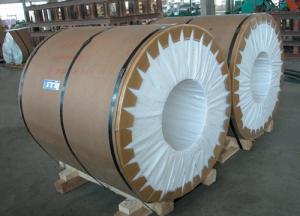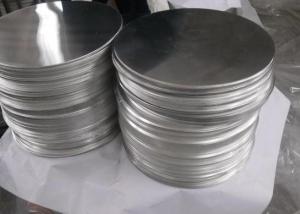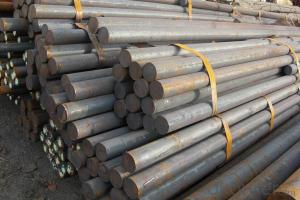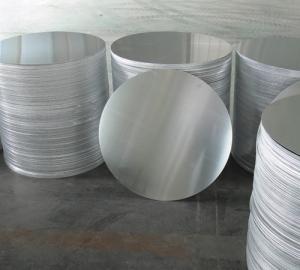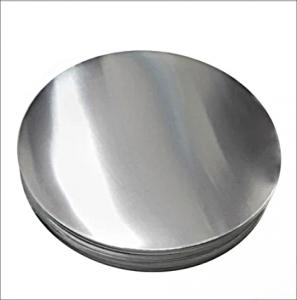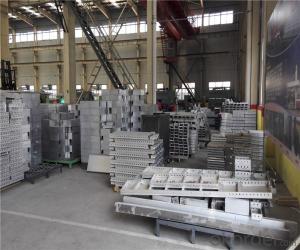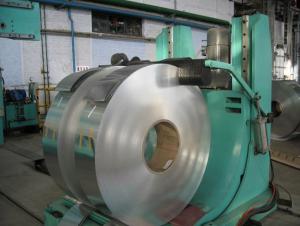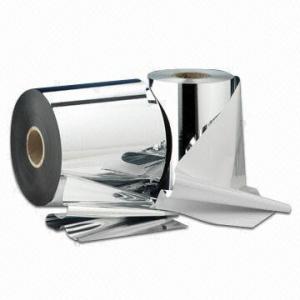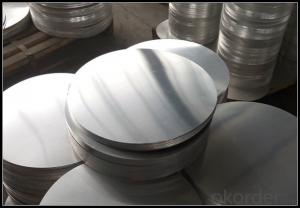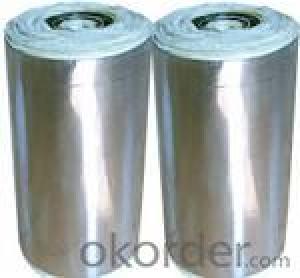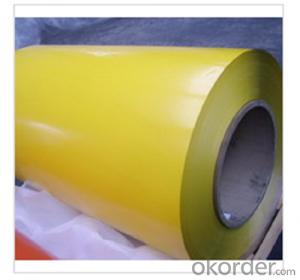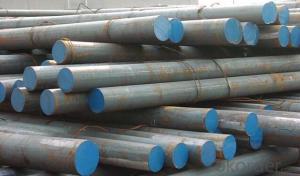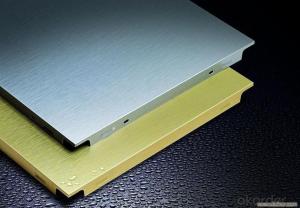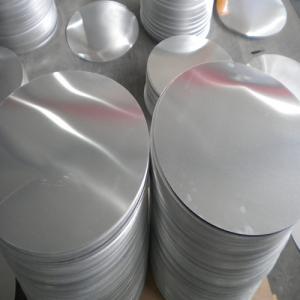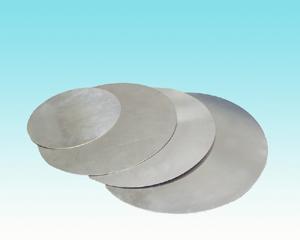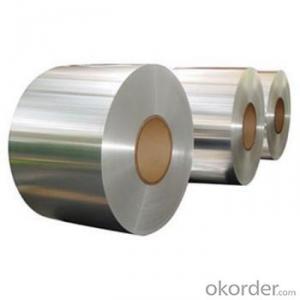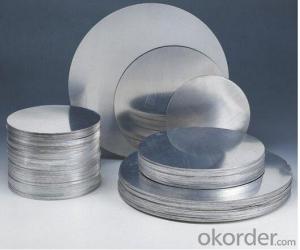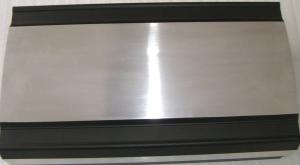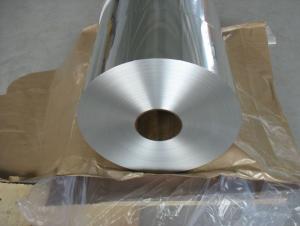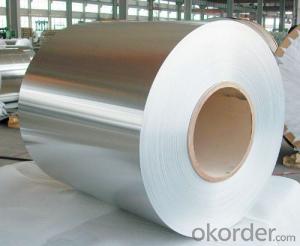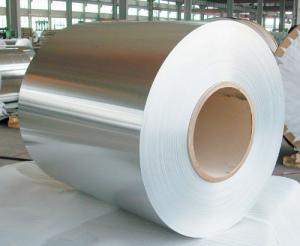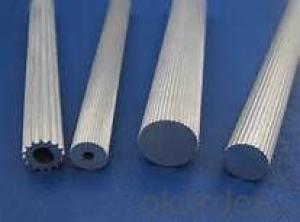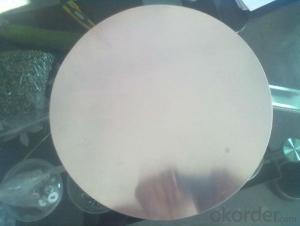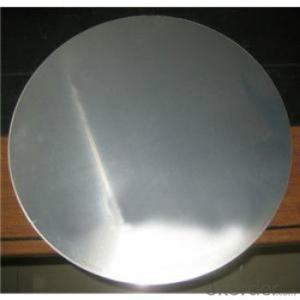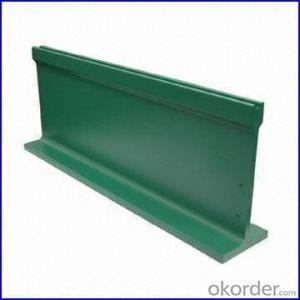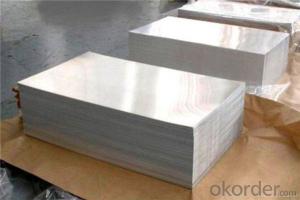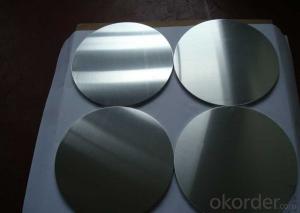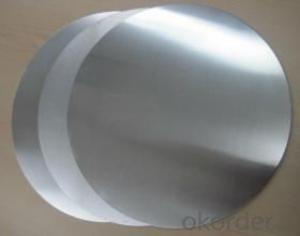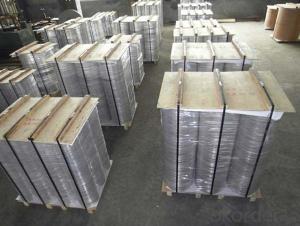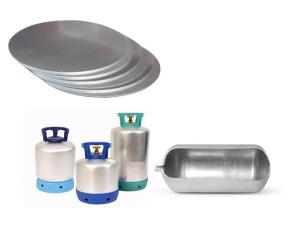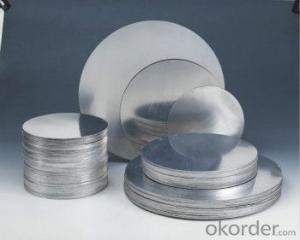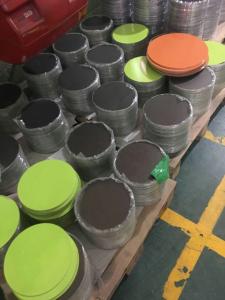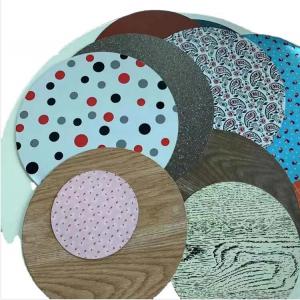1 1 2 Aluminum Round Stock
1 1 2 Aluminum Round Stock Related Searches
1 2 Aluminum Round Stock 1 Aluminum Round Stock 1 1 4 Aluminum Round Stock 1 4 Aluminum Round Stock 1 Inch Aluminum Round Stock 2 Aluminum Round Stock 1 1/2 Aluminum Round Stock 1 1/4 Aluminum Round Stock 2 Inch Aluminum Round Stock 1.5 Aluminum Round Stock 1 2 Aluminum Angle Stock 3 Aluminum Round Stock 4 Aluminum Round Stock 5 Aluminum Round Stock Aluminum Bar Stock 1 2 1 Aluminum Stock 6 Aluminum Round Stock 1 2 Aluminum Bar Stock Aluminum Round Stock 3 Aluminum Bar Stock Round Round Aluminum Stock 2.5 Aluminum Round Stock 1x2 Aluminum Stock Solid Aluminum Round Stock 1 2 X 1 2 Aluminum Bar Stock 1 Inch Square Aluminum Stock Casting Aluminum Round Stock Round Stock Aluminum Aluminum Round Stock For Sale 3 8 Aluminum Round Stock1 1 2 Aluminum Round Stock Supplier & Manufacturer from China
1 1 2 Aluminum Round Stock is a versatile product that consists of aluminum bars with a diameter of 1 1/2 inches. These aluminum bars are widely recognized for their strength, durability, and corrosion resistance, making them suitable for a variety of applications.The 1 1/2 Aluminum Round Stock is commonly used in industries such as aerospace, automotive, construction, and manufacturing. It is ideal for creating components that require high strength-to-weight ratios, such as brackets, shafts, and other structural parts. Additionally, this product is often employed in applications where its lightweight and non-magnetic properties are advantageous, such as in electrical and electronic devices.
Okorder.com is a reputable wholesale supplier of 1 1/2 Aluminum Round Stock, boasting a vast inventory to cater to the needs of various industries. They offer competitive prices and fast shipping, ensuring that customers receive their orders promptly and efficiently. With their extensive range of products and commitment to customer satisfaction, Okorder.com is the go-to source for purchasing 1 1/2 Aluminum Round Stock.
Hot Products
